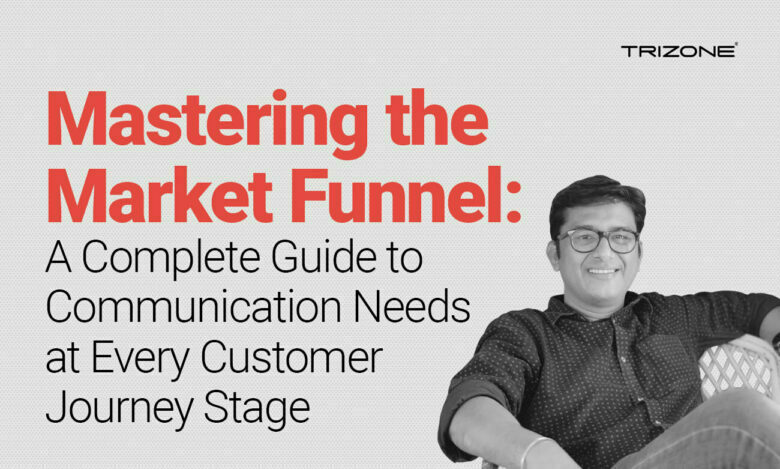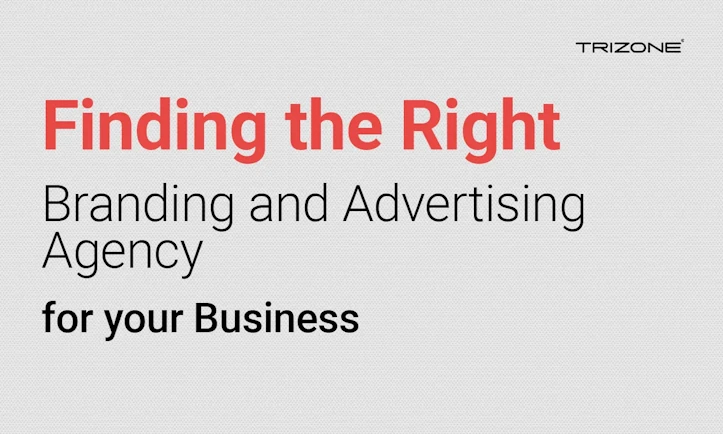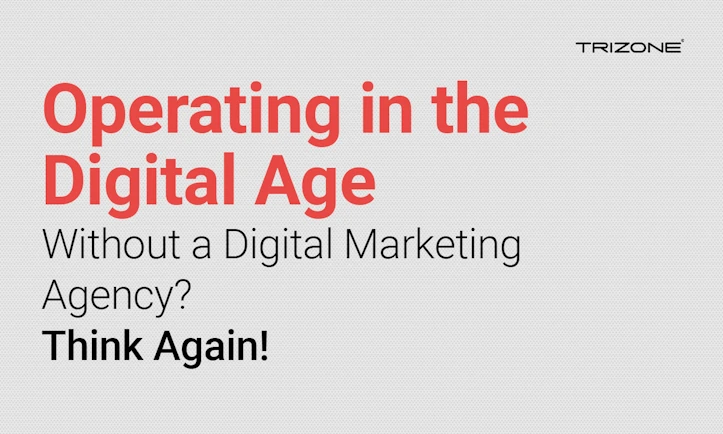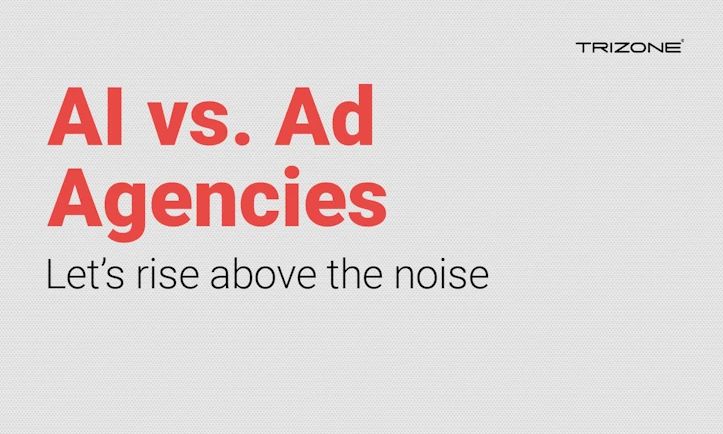
Mastering the Market Funnel: A Complete Guide to Communication Needs at Every Customer Journey Stage
Market funnelling is a sales and marketing concept that defines a potential customer’s journey from the initial stage of awareness to the final stage of purchase. The process is divided into four stages, each with unique communication needs. Customer journey mapping is a process of understanding and mapping a customer’s journey from initial contact to post-purchase, including their thoughts, feelings, and actions. This blog will discuss each stage of the funnel, the communication needs at each step, and how customer journey mapping fits into the process.
1. Awareness Stage
The potential customer must know your product or service at this stage. Your primary goal is to create brand and product awareness among your target audience. Communication needs at this stage include:
Brand Awareness
Your communication should focus on building brand recognition and making people aware of your product or service.
Education
You should educate your target audience on the benefits and value of your product or service.
Awareness Campaigns
Running awareness campaigns through social media, influencer marketing, and other mediums can help reach your target audience effectively.
Customer journey mapping in the awareness stage involves understanding the customer’s initial pain points, needs, and how they interact with your brand or product. This information can be used to create targeted campaigns that resonate with the target audience and generate interest.
2. Interest Stage
In this stage, the potential customer has become aware of your brand and product. Your goal is to create interest in your product by showcasing its benefits and differentiators. Communication needs at this stage include:
Product Demonstration
You should demonstrate the features and benefits of your product to create interest among your target audience.
Case Studies
Sharing real-life examples and case studies of how your product has solved problems for other customers can help create interest.
Free Trials
Offering free trials of your product can help potential customers experience the product’s benefits and create interest.
Customer journey mapping in the interest stage involves understanding the customer’s decision-making process, what influences their decision, and what factors are important to them. This information can be used to create targeted campaigns that persuade the target audience to choose your product.
3. Decision Stage
In this stage, the potential customer becomes interested in your product and is ready to purchase. Your goal is to persuade them to choose your product over others. Communication needs at this stage include:
Product Comparison
You should compare your product with similar products to highlight its differentiators.
Customer Support
You should provide customer support and address any queries or concerns to make the purchasing decision easy for the potential customer.
Special Offers
Offering unique offers and discounts can create a sense of urgency and persuade potential customers to purchase.
Customer journey mapping in the decision stage involves understanding the customer’s purchasing process, what they are looking for, and what they need to make a purchase. This information can provide personalised support and create a seamless purchasing experience.
4. Action Stage
In this stage, the potential customer has made a purchase and has become a customer. You aim to provide excellent customer service to retain them and encourage repeat purchases. Communication needs at this stage include:
Post-Purchase Support
You should provide post-purchase support to address any issues or concerns and ensure customer satisfaction.
Feedback Collection
You should collect customer feedback to improve productivity and enhance customer experience.
Customer Retention
You should create loyalty programs and offer incentives to retain them.
Marketing funnelling and communication needs are crucial components in sales and marketing. By understanding each stage of the funnel and the communication needs at each step, you can create targeted campaigns and a seamless customer journey. Here is a proper action plan for implementing market funnelling and communication needs with customer journey mapping:
1. Conduct Customer Journey Mapping:
Conduct research and map the customer journey from initial contact to post-purchase. This will help you understand the customer’s thoughts, feelings, and actions at each funnel stage.
2. Define Target Audience:
Define your target audience and segment them based on their needs and preferences.
3. Create Awareness:
Create brand awareness and educate your target audience on the benefits and value of your product or service. Run awareness campaigns through social media, influencer marketing, and other mediums.
4. Create Interest:
Create interest in your product by showcasing its benefits and differentiators. Offer free trials, share case studies, and demonstrate the product’s features.
5. Persuade to Purchase:
Persuade potential customers to purchase by comparing your product with similar products, providing customer support, and offering special offers and discounts.
6. Provide Post-Purchase Support:
To address any issues or concerns and ensure customer satisfaction, provide excellent post-purchase support. Collect feedback and create loyalty programs to retain customers and encourage repeat purchases.
7. Continuously Evaluate:
Evaluate the effectiveness of your campaigns and customer journey mapping. Make necessary changes and improvements to enhance the customer experience.
Following this action plan, you can effectively implement market funnelling and communication needs with customer journey mapping and create a seamless customer journey that drives sales and improves customer satisfaction.
Do share your feedback and comments







